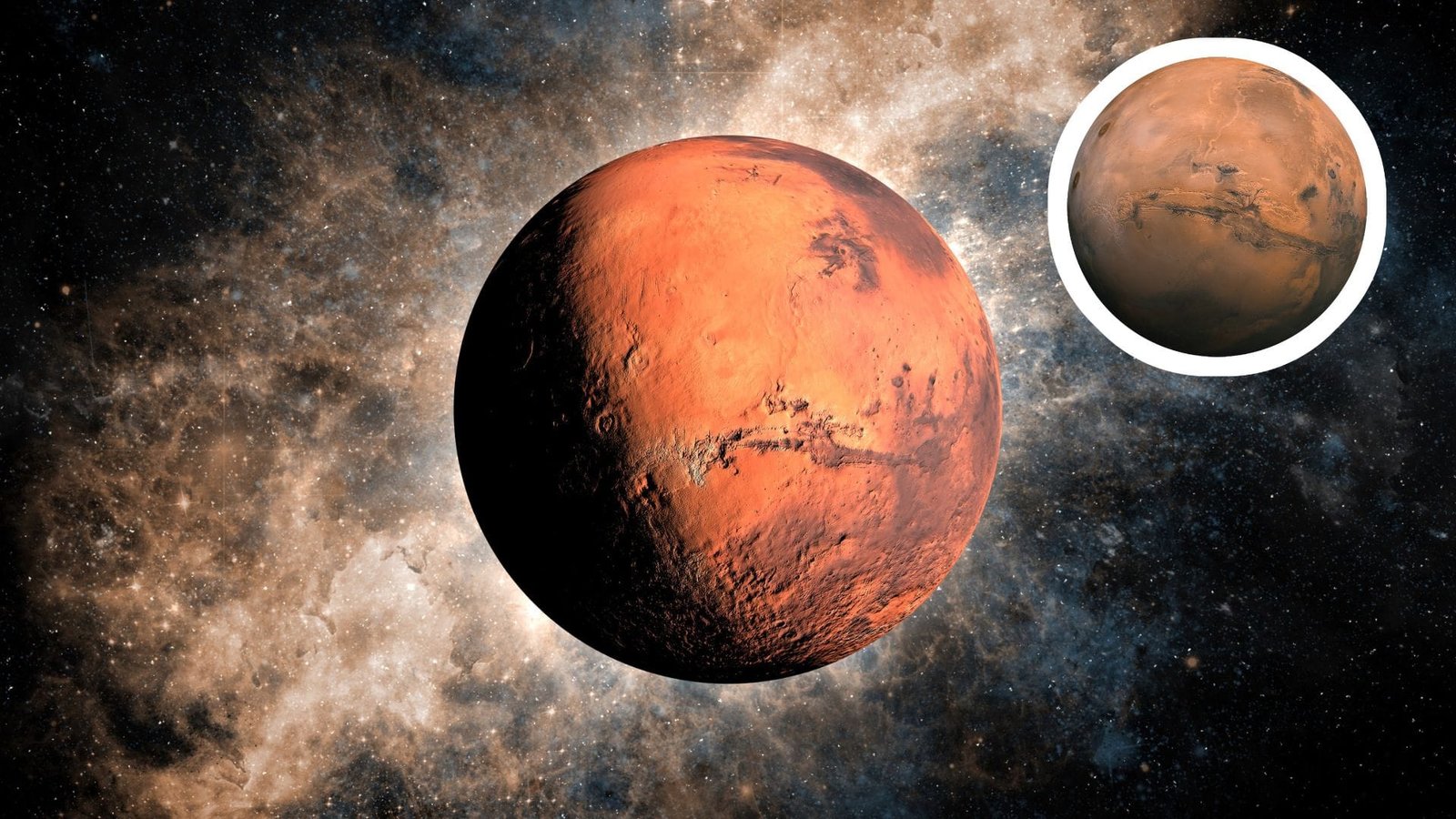
Introduction to Waterfalls
Waterfalls are one of nature’s most breathtaking phenomena, symbolizing both beauty and power. They arise when a river or stream flows over a precipice or cliff, resulting in a dramatic drop in elevation. This geological process creates a visual spectacle that captivates individuals and contributes to the ecosystem. Waterfalls can be categorized into various types, including plunge, horsetail, and tiered, each possessing distinct characteristics that enhance their charm and allure.
The captivating force of waterfalls is not merely aesthetic; it also embodies the incredible natural processes at work on our planet. Over time, erosion and geological activity shape the landscape, often leading to the formation of these stunning cascades. The relentless flow of water carves out deep gorges and valleys, emphasizing the dynamic relationship between water and the earth. This constant transformation lends waterfalls an ever-changing character, which can vary substantially with the seasons, weather patterns, and environmental conditions.
Moreover, waterfalls hold cultural and spiritual significance in many societies around the globe. They are often considered sacred sites, inspiring countless myths, legends, and artistic expressions. Communities may gather near these natural wonders for recreational activities, spiritual contemplation, or simply to bask in their splendor. The tallest waterfalls in the world, such as Angel Falls in Venezuela and Tugela Falls in South Africa, attract visitors from around the globe, becoming symbols of natural heritage and awe-inspiring beauty.
In exploring these natural landmarks, one can gain a profound understanding of the delicate interplay between nature’s forces and human perception. Waterfalls remind us of the inherent beauty of our planet and encourage us to appreciate the unique traits that define the world’s highest and most iconic falls.
What Defines the Height of a Waterfall?
The measurement of a waterfall’s height is an intricate process that considers several parameters. One of the primary distinctions in assessing waterfall height is the difference between total height and sheer drop. Total height refers to the measurement from the top of the waterfall to the river or lake below, encompassing all cascades and tiers that may exist within the cascade. On the other hand, sheer drop is a more specific measurement, focusing solely on the vertical distance from the top of the waterfall to the point directly below it where the water lands.
To accurately measure the height of a waterfall, a series of methodologies can be employed. Traditional techniques involve the use of tape measures or surveying instruments, which can be challenging due to terrain and accessibility. More advanced methods include the utilization of laser rangefinders and GPS technology to provide precise measurements even in hard-to-reach locations. These technological advancements have made it easier to get a clear picture of a waterfall’s height, but various factors can still complicate the process.
Seasonal variations can significantly influence waterfall measurements. For instance, during the rainy season, increased water flow may result in a waterfall appearing taller, while during dry spells, the waterfall may diminish in size, altering its perceived height. Additionally, geological changes such as erosion or landslides can affect the structure and overall height of a waterfall over time. This complexity in measurement leads to ongoing debates among geologists and nature enthusiasts regarding which waterfalls truly deserve the title of the ‘highest’ in the world.
Angel Falls: The Tallest Waterfall in the World
Angel Falls, known as ‘Salto Ángel’ in Spanish, is celebrated not only as the tallest waterfall in the world but also as one of nature’s most awe-inspiring spectacles. With an astounding height of 3,212 feet (979 meters) and an uninterrupted drop of 2,648 feet (807 meters), this magnificent waterfall cascades over the edge of the Auyán-tepui mountain in Venezuela. The surrounding environment is characterized by lush tropical forests and steep cliffs, creating a stunning contrast between the rushing water and the serene landscape enveloping it.
The discovery of Angel Falls can be traced back to 1933, when American explorer Jimmy Angel stumbled upon this natural wonder while searching for gold. His account of the waterfall brought global attention to its existence, and it was subsequently named in his honor. This prominent landmark holds rich cultural significance for local indigenous communities, who refer to it as “Kerepakupai Merú.” The name reflects their deep-rooted connection to the falls and signifies a source of inspiration and reverence.
Visiting Angel Falls offers travelers a transformative experience. The journey typically begins in the nearby town of Ciudad Bolívar, followed by a boat ride along the Carrao River, leading through verdant landscapes rich in biodiversity. Adventurous explorers can hike through the rainforests to capture panoramic views or opt for guided tours that facilitate access to this remote location. The best time to visit is during the rainy season, from May to November, when the water levels are at their peak, accentuating the waterfall’s impressive flow.
Overall, Angel Falls stands as a remarkable natural attraction, drawing nature lovers and adventure seekers alike. Its breathtaking beauty and rich history make it a treasured landmark, emblematic of the magnificent landscapes that our planet has to offer.
Tugela Falls: A Glimpse into Africa’s Natural Splendor
Situated in the majestic Drakensberg Mountain range of South Africa, Tugela Falls is celebrated for its astonishing height, which measures approximately 948 meters (3,110 feet) in total drop, making it one of the highest waterfalls globally. The waterfall is characterized by its unique formation, where water cascades over a series of rocky cliffs, creating a breathtaking visual spectacle. This natural wonder not only attracts adventure seekers and nature enthusiasts but also embodies the stunning landscape of the surrounding area, rich with biodiversity and scenic vistas.
The location of Tugela Falls within the Royal Natal National Park further enhances its allure. The park is home to an array of local flora and fauna, including endemic plant species and various wildlife, making it an ecological treasure. Visitors may encounter species such as the eland, bushbuck, and numerous bird species during their exploration. The park’s diverse habitats range from lush forests to alpine regions, offering a unique opportunity to appreciate South Africa’s rich biodiversity.
For those seeking adventure, a visit to Tugela Falls can include various activities such as hiking, bird watching, and photography. The most popular route to the waterfall involves a challenging hike, which often rewards trekkers with stunning panoramic views of the surrounding mountains and valleys. Additionally, the experience of standing at the base of the falls and witnessing the cascading water is both exhilarating and serene. The sound of the water crashing against the rocks and the mist rising up creates an unforgettable atmosphere for visitors.
Ultimately, Tugela Falls stands as a symbol of Africa’s natural splendor, offering an unparalleled experience for those willing to explore this majestic site. Its height, formation, and the vibrant ecosystems of the surrounding region make it a must-visit destination for nature lovers and adventurers alike.
Nohkalikai Falls: A Jewel of Northeast India
Nohkalikai Falls, often heralded as one of the tallest waterfalls in India, plunges a staggering 340 meters within the captivating landscape of Meghalaya’s Laitlum Canyons. This stunning cascade not only mesmerizes visitors with its sheer height but also offers a glimpse into the rich biodiversity that thrives in the surrounding area. Nestled amidst lush greenery, Nohkalikai draws nature enthusiasts and adventure seekers alike, making it a significant natural attraction in this region.
The unique features of the Laitlum Canyons coupled with the falls create an enchanting setting that captivates all who visit. The canyons, with their steep, dramatic cliffs, provide a breathtaking backdrop to the falls, enhancing the overall experience for observers. Hiking trails meander through the valleys, offering various vantage points that showcase the waterfall from multiple perspectives. These trails can be challenging, emphasizing the importance of preparedness when embarking on a journey to this natural wonder.
Olo’upena Falls: Hidden Oasis in Hawaii
Olo’upena Falls stands as one of the tallest waterfalls in the United States, cascading elegantly from a height of 2,953 feet on the remote island of Molokai in Hawaii. This hidden oasis is nestled within the lush cliffs of the Kalaupapa Peninsula, making it a breathtaking sight for those fortunate enough to catch a glimpse. The waterfall is formed by a series of drops, flowing beautifully through verdant landscapes, often shrouded in mist and surrounded by tropical flora, creating an enchanting atmosphere. The vibrant greens, along with the serene sounds of falling water, contribute to the natural beauty that captivates visitors.
Accessing Olo’upena Falls is not for the faint of heart. The isolated location requires a combination of hikes and often a helicopter ride to view the falls from above. While the journey may pose challenges, including steep trails and rugged terrain, the reward is undeniably worth the effort. Photographers and adventurers alike treasure the experience of witnessing the falls, as this remote spot offers an escape from the hustle and bustle of everyday life, allowing for quiet reflection in nature’s embrace.
Beyond its physical beauty, Olo’upena Falls holds significant cultural value for the local Hawaiian community. The waterfall is often associated with ancient legends and traditions, serving as a symbol of the connection between the land and spirituality. To the indigenous people of Hawaii, waterfalls like Olo’upena represent not just natural wonders, but also sacred sites that are intertwined with their heritage and beliefs. This intertwining of nature and culture enhances the allure of exploring Olo’upena Falls, making it a compelling destination for those interested in both adventure and the rich tapestry of Hawaiian culture.
Yumbilla Falls: The Lesser-Known Wonder of Peru
Situated in the Utcubamba Valley of Peru, Yumbilla Falls ranks among the tallest waterfalls in the world, with a remarkable height of 896 meters (2,943 feet). This lesser-known natural wonder is not only a feast for the eyes but also a critical component of the region’s ecological integrity. The cascading water flows down majestic cliffs, creating a stunning landscape that captivates visitors and locals alike. The falls are surrounded by rich biodiversity and unique flora and fauna, contributing to the area’s ecological significance.
The journey to Yumbilla Falls enables travelers to explore lush rainforests, which host a variety of plant species and wildlife, some of which are endemic to this area. Birdwatchers will be particularly delighted, as the surrounding skies are often filled with colorful species soaring above the dense canopy. The enchanting scenery, combined with the soothing sound of falling water, offers a serene escape in nature’s embrace.
In addition to the remarkable views offered by Yumbilla Falls, the surrounding communities play an essential role in promoting eco-tourism. Local inhabitants have shared their cultural heritage with visitors, offering insights into their traditional lifestyles and the significance of Yumbilla Falls in their history. By encouraging sustainable practices and responsible travel, local communities are not only preserving their cultural identity but also contributing to the conservation of the natural environment.
Nearby attractions include the Gocta Falls, another majestic waterfall that is often combined with visits to Yumbilla Falls in tourism itineraries. This proximity offers a unique opportunity to experience two breathtaking waterfalls while supporting eco-friendly tourism initiatives that benefit both the environment and local communities. In conclusion, Yumbilla Falls stands as a testament to nature’s beauty and the importance of sustainable practices in preserving such hidden gems of the world.
Height and Hydrology: The World’s Tallest vs. Longest Waterfalls
When discussing waterfalls, two key dimensions often arise: height and length. While height represents how far water plummets from the top to the base, length refers to the horizontal distance that the water travels as it cascades down. This distinction is crucial for understanding the diverse characteristics of waterfalls globally, as some may be towering in height yet relatively short in their length, whereas others can stretch for considerable distances while lacking in vertical drop.
For instance, Angel Falls in Venezuela is renowned for being the tallest waterfall in the world, boasting an impressive height of 979 meters (3,212 feet). Its remarkable drop offers a breathtaking spectacle as water plunges freely from the flat-topped Auyán-tepui mountain. Conversely, Zhangjiajie Huanglong Waterfall in China exemplifies a long waterfall with a significant cascade that extends horizontally for several kilometers, featuring a succession of tiered drops rather than a singular vertical fall. This showcases how waterfalls can differ significantly in terms of how water flows and the visual impact they create.
In addition to pure measurements, the hydrology of a waterfall plays a vital role in its classification. Waterfalls with a high flow rate or volume can create larger, more powerful cascades, leading to a more dynamic appearance. In contrast, waterfalls that may be longer but with lower flow may create gentler streams, providing a distinct aesthetic. Comparing the majestic heights of waterfalls like Tugela Falls in South Africa, known as the second tallest, at 948 meters (3,110 feet), and the vast lengths of multi-tiered waterfalls, enriches our appreciation of these natural wonders. Understanding these concepts allows for a deeper insight into the complexities of waterfall formations and their varying attributes, resulting in an enriched experience for nature enthusiasts and travelers alike.
The Environmental Impact of Waterfalls
Waterfalls play a crucial role in maintaining the ecological balance within their environments. Their cascading waters not only contribute to the aesthetic beauty of natural landscapes but also enhance biodiversity by creating unique habitats. The presence of waterfalls influences local climates, maintaining humidity levels that benefit surrounding flora and fauna. Many species, including various fish and bird species, are dependent on the ecosystems around waterfalls for their survival. Hence, preserving these natural wonders is vital for sustaining the biodiversity of the regions they inhabit.
However, waterfalls face significant challenges due to climate change. The changing climate alters precipitation patterns, affecting water flow rates and potentially leading to reduced waterfall volumes. Additionally, rising temperatures can disrupt the delicate ecosystems that depend on consistent water sources. The impact of climate-related fluctuations can have dire consequences for the species that thrive in these environments, many of which are highly specialized and unable to adapt swiftly to changes.
Tourism poses another double-edged sword for waterfalls. While it can bring awareness and conservation funding to these natural sites, it can also lead to environmental degradation. An influx of visitors may result in littering, habitat disruption, and increased foot traffic that erodes trails and surrounding vegetation. Unsustainable tourism practices can threaten the very ecosystems that waterfalls support, necessitating the implementation of robust conservation efforts. Fortunately, many organizations have begun to take a proactive approach by educating visitors on the importance of preserving these ecosystems.
In conclusion, waterfalls are significant contributors to environmental health, offering essential benefits for biodiversity and water quality. However, they are susceptible to both climate change and human activity. Sustainable practices and conservation efforts are essential for ensuring that these magnificent natural phenomena continue to thrive and serve their vital ecological roles for generations to come.






